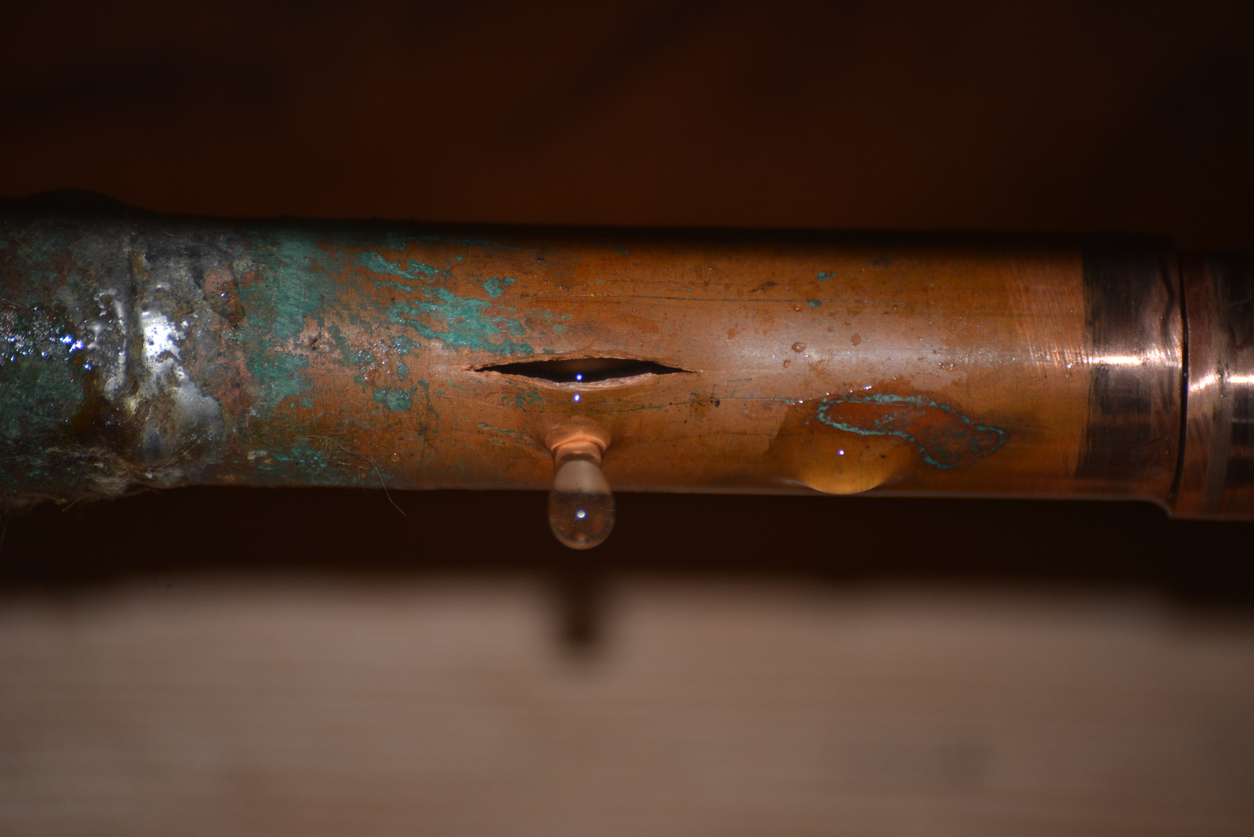IRMI.com defines ordinance or law coverage as coverage for loss caused by enforcement of ordinances or laws regulating construction and repair of damaged buildings. Older structures that are damaged may need upgraded electrical; heating, ventilating, and air-conditioning (HVAC); and plumbing units based on city codes.
The basic Ordinance or Law language usually looks like this:
Ordinance or Law
a. You may use up to 10% of a the limit of liability that applies to Coverage A for the increased costs you incur due to the enforcement of any ordinance or law which requires or regulates:
(1) The construction, demolition, remodeling, renovation or repair of that part of a covered building or other structure damaged by a Peril Insured Against;
(2) The demolition and reconstruction of the undamaged part of a covered building or other structure, when that building or other structure must be totally demolished because of damage by a Peril Insured Against to another part of that covered building or other structure; or
(3) The remodeling, removal or replacement of the portion of the undamaged part of a covered building or other structure necessary to complete the remodeling, repair or replacement of that part of the covered building or other structure damaged by a Peril Insured Against.
b. You may use all or part of this ordinance or law coverage to pay for the increased costs you incur to remove debris resulting from the construction, demolition, remodeling, renovation, repair or replacement of property as stated in a. above.
The seminal case for applying law or ordinance in New Jersey is DEB Associates v. Greater New York Mut. Ins. Co., 407 N.J.Super. 287 (App. Div. 2009). The decision in DEB Associates, which has been blogged about previously in greater detail, was used in the analysis of the New York case of St. George Tower v. Insurance Co. of Greater New York, 139 A.D.3d 200 (1st Dept. 2016). In St. George, the insured owned a cooperative apartment building who experienced a flood loss to their property. During the course of the adjustment and inspections of the claim, necessitated by the covered damage, the inspection discovered a latent, unrelated problem with the building’s infrastructure. However, the building would not pass inspection or receive permits to repair the damage related to the loss unless the issue with the concrete slab and infrastructure were also repaired. In denying the insured’s bid to have this covered under their ordinance or law coverage, the St. George court cited to DEB Associates:
[T]he Court in DEB Associates concluded that the Ordinance or Law endorsement covered the cost of replacing the mortar with steel angles irons throughout the building, because there was a direct connection between the covered damage and the additional work.
In deciding in favor of the insurer, the court, utilizing the analysis in DEB Associates, found “the condition of the concrete slabs in plaintiff’s building, which had to be repaired to bring the building into compliance with the Building Code, bore not relationship to the covered loss…”. The court went on to say:
The Ordinance or Law endorsement cannot be triggered simply by the discovery, in the course of an inspection necessitated by a covered event, of structural problems that amount to code violations. That is so whether the discovered condition could have been discerned earlier (see e.g., 61 Jane St. Tenants Corp. v. Great Am. Ins. Co., 2001 WL 40774 (S.D.N.Y. 2001), or where, as here, it could not have been discovered absent the covered damage.
I leave you with a quote from philosopher Plato who said, “no law or ordinance is mightier than understanding.”




